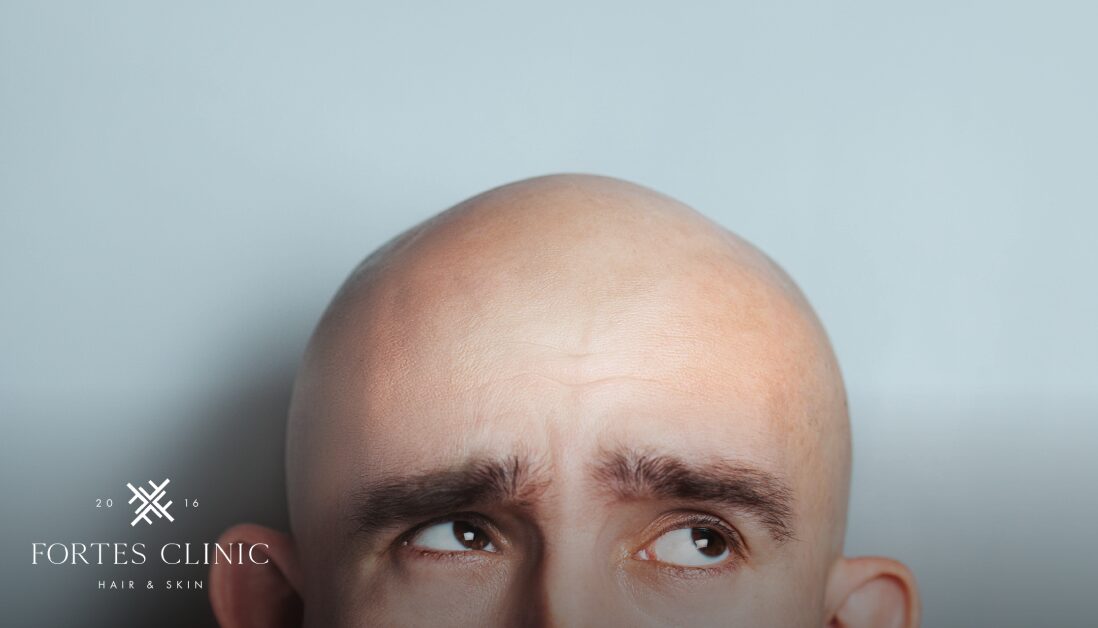Introduction
Undergoing a hair transplant is a significant step towards restoring your confidence and achieving lasting hair growth. Many patients ask, how long after hair transplant can I workout? Striking the right balance between staying active and protecting your results is key. Here, we break down everything you need to know.
Why Exercise Affects Hair Transplant Recovery
Exercise is generally great for overall health, but intense physical activity during the early stages of recovery can disrupt the healing process. Vigorous movements increase blood pressure and body temperature, which may lead to excessive sweating, strain on healing tissues, and a greater risk of dislodging grafts. Understanding the risks will help you plan a safe return to your fitness routine.
Strenuous activity can also exacerbate swelling in the donor and recipient areas. Even something as simple as bending down or getting overheated during a jog can interrupt healing. For optimal graft survival, it is important to reduce unnecessary inflammation in the early phase.
How Soon After a Hair Transplant Can I Resume Light Activity?
In most cases, light walking can be resumed within two to three days after the procedure. This helps maintain circulation without putting unnecessary pressure on the scalp. However, even low-impact activities should be done cautiously to avoid excessive sweating or exposure to dust and bacteria.
You may also consider stretching or mobility work. Just be sure to avoid anything that involves tilting the head down for long periods or rubbing the forehead, as both areas are often affected post-transplant. If in doubt, always check with your clinic first.
How Long After Hair Transplant Can I Return to the Gym?
The gym is typically off-limits for at least 10 to 14 days post-transplant, especially if your workouts involve resistance training or anything that increases blood flow significantly. Strenuous lifting, cycling, or circuit training too early can damage delicate grafts and slow down the healing process.
Your body’s natural recovery systems are already working hard to regenerate and stabilise the grafts. Introducing intense effort can divert these resources and extend recovery time. Starting slowly, with controlled intensity, helps protect your investment in the procedure.
For more details on this stage, read our Hair Transplant Recovery Timeline.
High-Intensity Exercise After Hair Transplant Surgery
High-intensity interval training (HIIT), running, swimming, and contact sports should be avoided for at least 3 to 4 weeks. These activities can cause trauma to the scalp, increase sweating, and raise the risk of infection. In some cases, surgeons may recommend even longer breaks depending on your healing progress.
For contact sports or martial arts, you may need to pause for up to 6 weeks or more to ensure the scalp is not exposed to impact or friction. Always confirm with your clinic before restarting these types of activities.
Can I Sweat or Wear Hats After a Hair Transplant?
Sweat can irritate the scalp and compromise graft survival, especially in the first 7 to 10 days. During this period:
- Avoid hot yoga or saunas.
- Do not wear tight gym hats or headbands.
- Clean your scalp gently as advised in your aftercare plan.
Headwear is particularly tricky. While you may want to cover up for the gym, tight caps can rub against grafts or trap sweat, making it harder for your scalp to breathe and heal.
Recovery Timeline: When to Exercise After Hair Transplant
Every recovery is unique, but general guidelines usually include:
- Days 1 to 3: Rest. No activity.
- Days 4 to 7: Light walking. Minimal sweating.
- Days 8 to 14: Gradual return to light gym activity.
- Weeks 3 to 4: Resume moderate to intense workouts with caution.
If you experience any redness, discomfort, or tenderness during activity, it is best to ease back and consult your surgeon. Returning to exercise too quickly, even if you feel fine, could compromise long-term results. Monitoring your body closely is key to knowing when you are ready to progress.
Staying Active During Hair Transplant Recovery
If you’re keen to stay active during recovery, try:
- Short walks throughout the day.
- Seated stretching or light yoga (without sweating).
- Deep breathing exercises to promote circulation.
- Staying hydrated and prioritising sleep.
Maintaining a healthy routine helps support your overall recovery, too. Adequate rest and good nutrition contribute to better healing and can even encourage stronger, faster hair regrowth. Avoid alcohol and smoking during this period, as both can impair circulation and delay healing.
Consider keeping a journal of your recovery. Tracking how your scalp feels after different activities can help identify safe exercises as you regain confidence in your routine. Patience pays off.
For more recovery tips, see our article on Post-Op Hair Transplant: A Complete Guide to Recovery.
How Exercise Supports Long-Term Hair Growth
Once your recovery period is complete, regular exercise can actually benefit your hair health. Physical activity helps regulate hormones, reduces stress levels, and improves blood flow to the scalp, which supports nutrient delivery to hair follicles. While exercise alone will not prevent genetic hair loss, it plays a valuable role in maintaining general wellbeing and promoting a healthy scalp environment.
Incorporating a consistent fitness routine after recovery can also support the results of your hair transplant. Improved circulation may help nourish transplanted follicles over time, while reduced stress levels may slow future thinning. Pairing your workout efforts with a healthy diet and understanding how long after hair transplant can I workout and hair care routine will give you the best chance of preserving your results for the long term.
How Long After Hair Transplant Can I Workout Again Safely?
To reinforce everything covered so far, it is clear that patience is crucial. Knowing how long after hair transplant can I workout is not only about following a set timeline. It is also about listening to your body, communicating with your clinic, and giving the new grafts the best environment to thrive. Most patients find that within a month, they can safely return to more intensive training, but only when they have followed all the steps in their recovery process.
Final Thoughts
So, how long after a hair transplant can I workout? It depends on the intensity, type of exercise, and how well you’re healing. A cautious approach during the first month pays off in long-term graft survival and better results. When in doubt, consult your clinic before lacing up your trainers.
Always remember. Recovery is not just about avoiding the gym. It is about giving your body the time and conditions it needs to do its best work. Once you are fully healed, getting back to regular workouts can be part of a sustainable, healthy lifestyle that benefits both your hair and your overall wellbeing.



